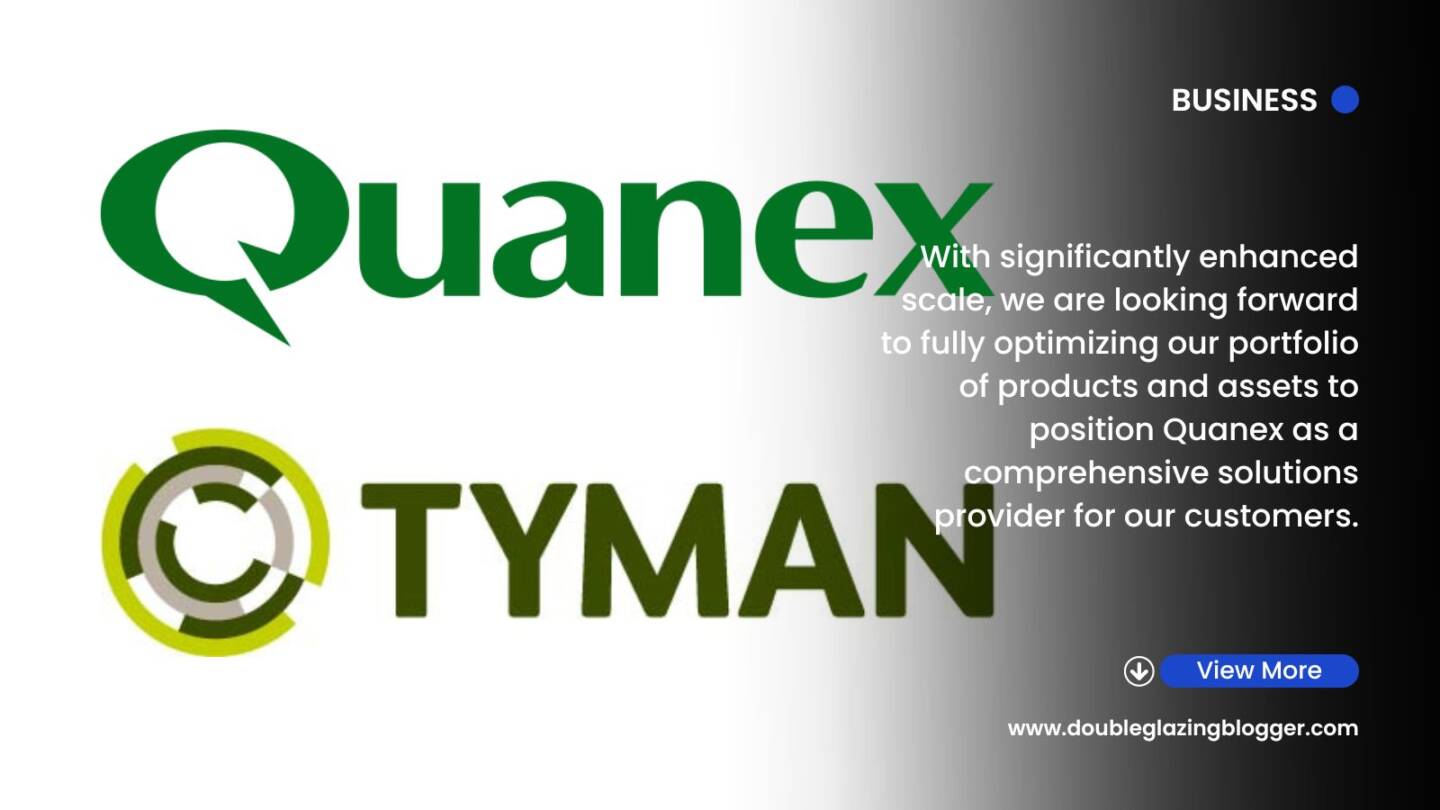Remember when the industry tried to introduce DERs? After the launch of Window Energy Ratings and their fairly widespread uptake, doors were next on the list. But they haven’t really taken off, at all.
Doubts in WERs transferred to DERs
Window Energy Ratings have their fans. They also have their critics, and quite vocal ones at that. One of the biggest problems for people and WERs is that the maths involved in the calculations are known to be a bit flimsy. Solar gain figures on north facing sides for example. It is the potholes in the equations that have led quite a few to not bother with WERs and stick with the more accurate and trustworthy U-Values instead. And in all honesty, I would tend to agree with them. U-Values are accepted as being more accurate and I think will become a more useful unit of measurement as window technology continues to improve.
So if there is doubt with WERs, there was always going to do doubt about Door Energy Ratings. You see some companies, not many, but some, giving out an energy rated certificate when someone orders a door, which is fine. But you see many more giving the U-Value of that door upon order instead. Again, because it is more accurate. It’s a sign the door industry saw DERs as a less attractive selling point that U-Values. Again, that is something I would agree with. There was something of a ring to “Window Energy Ratings”. It was easily marketed to a general public that was already used to seeing the A-G certificate of energy ratings. Maybe for a doors it was a stretch too far?
Accuracy key to industry adoption
The thing to bear in mind is that whenever a new scheme is introduced, the industry has to believe in it if it is to take it up and use it widely. That is where things started to go wrong for Window Energy Ratings. Holes could be picked in it’s reliability and more and more we found that in some cases the accuracy of the ratings could be questioned. The moment that happens, doubt sets in and it is often hard to shift. That it why U-Values remain the more accurate and have been rising in popularity not just on doors, but with windows too.
We’re a fickle bunch really as an industry. We’re often skeptical of changes or of new things. Mostly for good reason. A lot of the changes over the past two years has cost many businesses a lot of money, a ton of extra paperwork and a load of logistical headaches. So it’s no wonder we’re all a negative bunch.
Get the accuracy of a new scheme right though, get the maths right, make it simple to use, simple to understand and easily market it to the general public, then you’v cracked it. That’s why U-Values work so well and I prefer it too. It’s more accurate, easy to explain to a homeowner and more reliable. I find it a far more useful USP when speaking to a potential customers about saving energy.






I won’t let you down DGB , a post with WER in the title is always going to rattle my cage ! Why didn’t DER’s take off , very simple really , they were of no real use to anyone , there was no real reason to promote the thing it carried no benefit to those promoting it . WER’s on the other hand is a completely different story , WER C rating was/is probably the only way of getting compliance to the building regs when using Pilkingtons K glass . Now, call me cynical , but this scheme had… Read more »